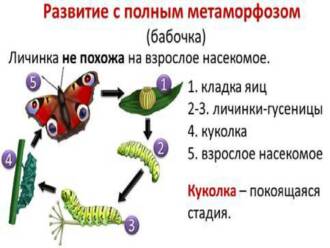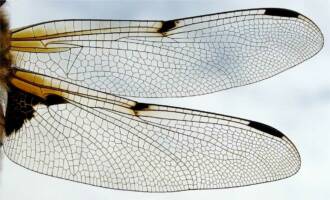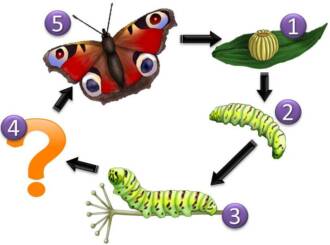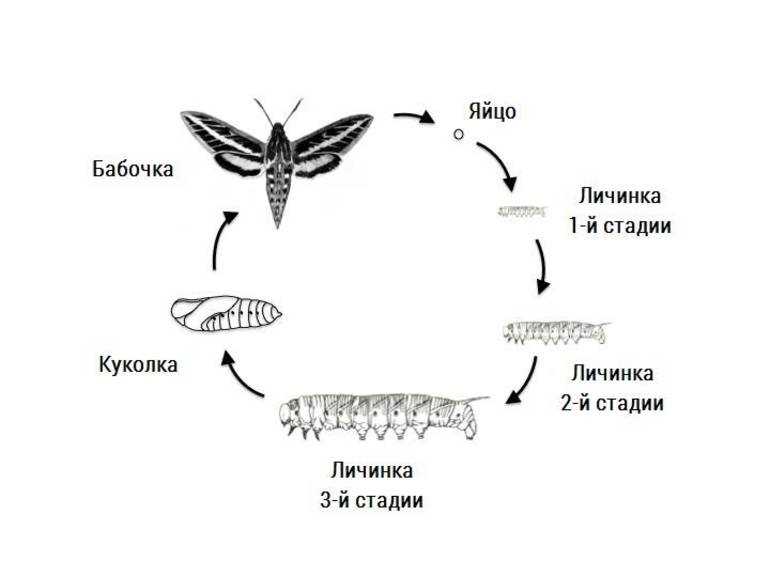
Butterflies are colorful and graceful insects that amaze with their beauty and variety of shapes and colors. However, behind this beauty lies an amazing process of transformation - metamorphosis, which allows the butterfly to undergo radical changes in its appearance.
The process of metamorphosis in butterflies begins with an egg, from which a hungry caterpillar hatches. The caterpillar actively feeds and grows until it reaches the desired size, after which the next stage begins - turning into a chrysalis. Inside the chrysalis, fantastic changes occur: the caterpillar turns into an imago - a fully formed butterfly.
One of the protective mechanisms of butterflies is their coloring. Many species of butterflies have attractive and bright colors that serve as a signal to predators. They warn of their toxicity or unpleasant taste. In addition, butterflies can imitate other insects or environmental objects to escape predators.
The changes in appearance that occur during metamorphosis are one of the most amazing and incomprehensible phenomena of nature. Butterflies show us that changing appearance can be the key to survival and adaptation. Their transformations are truly a miraculous process that amazes and inspires us to study and understand nature.
Amazing transformations of butterflies and their role in nature
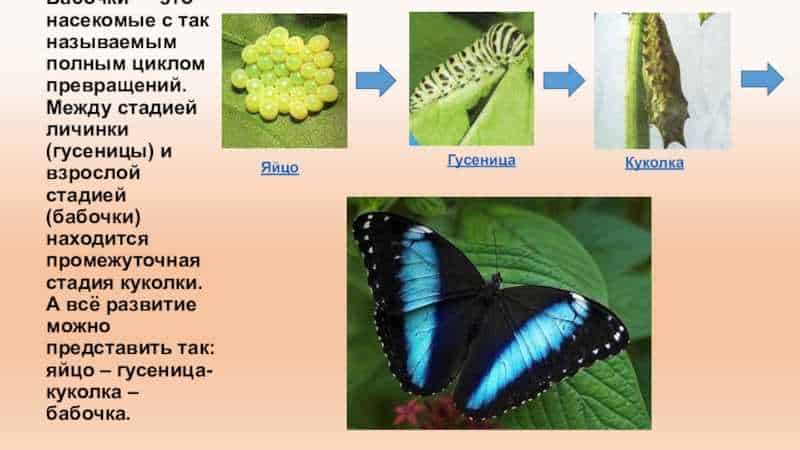
Butterflies are some of the most beautiful and amazing creatures in nature. They go through incredible transformations, starting their lives as caterpillars and turning into colorful butterflies. This process is called metamorphosis and is one of the most amazing features of butterflies.
Metamorphosis of butterflies includes several stages. First, the egg that the butterfly lays on the plants turns into a caterpillar. The caterpillars feed on vegetation and grow actively, going through several molts to renew their skin. After reaching a certain size, the caterpillar turns into a pupa, in which incredible changes occur.
Inside the pupa, the transformation of a caterpillar into a butterfly occurs. The caterpillar's tissues are destroyed and replaced with new ones, forming the wings and other body parts of the future butterfly. This process takes some time, after which the butterfly emerges from the pupa and spreads its wings.
The amazing transformations of butterflies are of great importance in nature. Butterflies play an important role in plant pollination by carrying pollen from one flower to another. They are also food for many animals such as birds and frogs. Butterflies also serve as indicators of ecological balance, and their presence or absence can indicate the state of the environment.
Phenomenal metamorphoses of butterflies
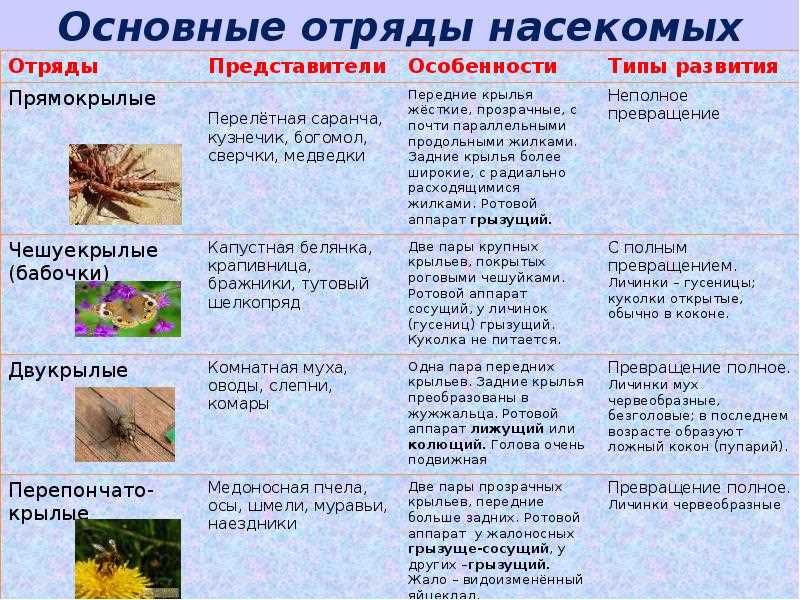
From caterpillar to doll

Butterflies undergo an amazing transformation when they begin their life cycle as a caterpillar. The caterpillar feeds on vegetation and actively grows to gain sufficient weight for subsequent transformation. When the caterpillar reaches a certain size, it turns into a doll.
The pupa is a stationary stage in the butterfly's life cycle. It wraps itself in its fragile cocoon and begins the process of metamorphosis. Inside the pupa, amazing changes occur: the caterpillar body decomposes, and new organs and structures begin to form.
From doll to adult butterfly
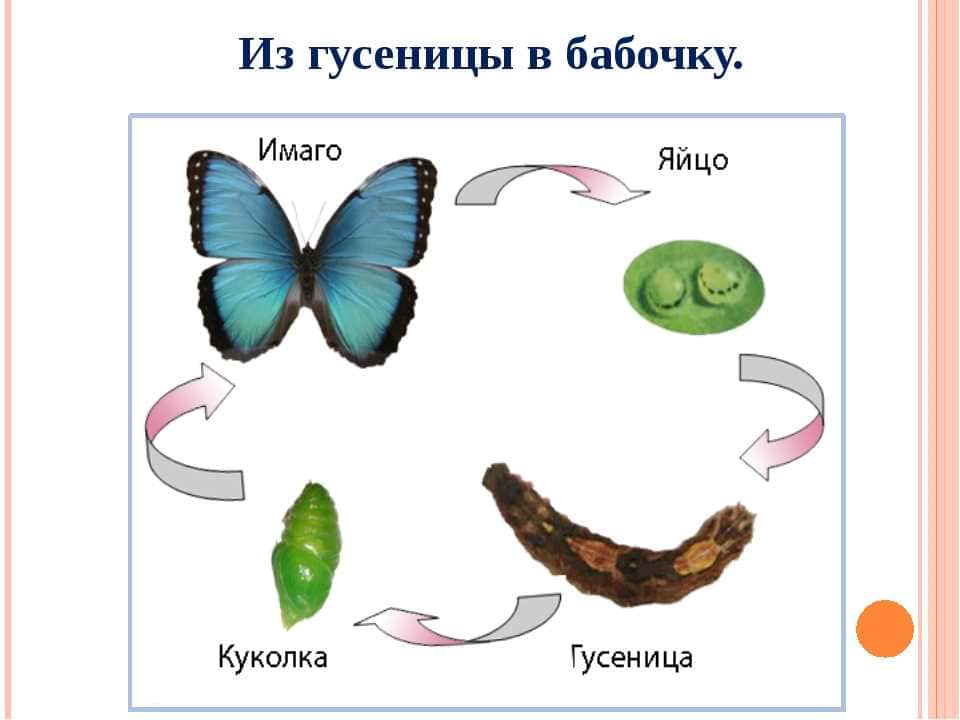
After the transformation process inside the doll is completed, it breaks its cocoon and emerges into the light as an adult butterfly. At first she is soft and weak, but over time her wings straighten and she is ready to fly.
The phenomenal metamorphoses of butterflies allow them to survive in various conditions. Some butterfly species use their colorful wings to ward off predators, others camouflage themselves into their surroundings, and some are able to imitate dangerous animals to scare off potential enemies.
The metamorphosis of butterflies is an amazing process that demonstrates the power and beauty of nature. They serve as an example of how life can change and transform itself to adapt to its environment.
Defense mechanisms of butterflies: from crypsis to mimicry
Butterflies have a variety of defense mechanisms that help them survive in the harsh natural world. One such mechanism is crypsis. This is the ability of butterflies to camouflage themselves and blend into their surroundings. They can imitate the texture and color of leaves, flowers, or tree bark, making them indistinguishable to predators. Such butterflies are almost impossible to spot against the natural backdrop.
Another defense mechanism of butterflies is mimicry. Butterflies can imitate the appearance of other animals or objects to ward off predators. For example, some butterflies can mimic the eyes of birds of prey or poisonous insects to intimidate predators and stay safe.
Another interesting defense mechanism of butterflies is autotomy. This is the ability of butterflies to throw away part of their body in order to distract a predator and escape. For example, some butterflies may shed their tail bristles to confuse a predator and escape.
In addition, butterflies can use poisonous substances to protect themselves from predators. Some species of butterflies contain poisonous alkaloids in their bodies, which make them unsuitable for feeding by predators. The bright and rich coloring of butterflies can also serve as a warning to predators about their toxicity.
Thus, the defense mechanisms of butterflies, such as crypsis, mimicry, autotomy and venom, help them survive in nature and protect themselves from predators. These amazing adaptations allow butterflies to maintain their lives and continue their incredible cycle of transformations.
Changes in appearance: how butterflies change their appearance
Butterflies are one of nature's most amazing creatures. They undergo an incredible transformation, from egg to caterpillar, and then to a beautiful and colorful butterfly. However, the most surprising aspect of this process is the changes in appearance that occur inside the pupa.
When the caterpillar reaches a certain size, it turns into a pupa. Externally, the pupa looks like a stationary object, but inside, incredible changes occur. In the first few days, the caterpillar tissues decompose, and then the formation of new tissues and organs of the butterfly begins.
One of the key appearance changes is the transformation of caterpillar legs into butterfly legs. This occurs by redistribution of cells and tissues within the pupa. In addition, the shape of the body and wings changes. The butterfly's wings unfold and stretch, acquiring their final shape and size.
No less surprising is that some butterflies can change their color depending on environmental conditions. This is called the mechanism of mimicry and allows butterflies to adapt to their environment and protect themselves from predators. Some butterflies are able to change color within minutes, while others can take up to several days to complete the process.
Changes in the appearance of butterflies are the result of complex biological processes and adaptations. They allow butterflies to survive in various conditions and attract attention for reproduction. Each stage of transformation has its own unique function and is important to the overall life cycle of the butterfly.
Overall, the changes in butterfly appearance are a fascinating phenomenon that remind us of the endless diversity and beauty of nature. They serve as a wonderful example of how living things can adapt and change in order to survive and reproduce.
Beneficial butterflies: role in pollination and biological control

Butterflies are important pollinators of many plants. When they collect nectar, pollen sticks to their body and is transferred from one flower to another, allowing plant pollination. Thus, butterflies play a key role in the reproduction of many plant species and the maintenance of biodiversity in the ecosystem.
In addition, some butterfly species perform an important biological control function in agriculture. They are natural enemies of plant pests such as caterpillars that feed on leaves and fruits. Predator butterflies, for example, can feed on caterpillars, helping to reduce their populations and prevent crop damage.
One example of beneficial butterflies is hawk moths. These small butterflies feed on harmful caterpillars such as moth caterpillars and cutworm caterpillars. They also pollinate plants, promoting their reproduction. Through their role in biological control, hawk moths help maintain plant health and increase crop yields.
So, not only are butterflies beautiful and amazing in their transformations, but they also play an important role in plant pollination and biological control. Maintaining their presence and diversity in our environment is one way to maintain the balance of nature and improve our agriculture.
How butterflies adapt to their environment
Butterflies are masters at adapting to different environmental conditions. They have unique mechanisms that allow them to survive and reproduce in different ecosystems.
Variety of colors
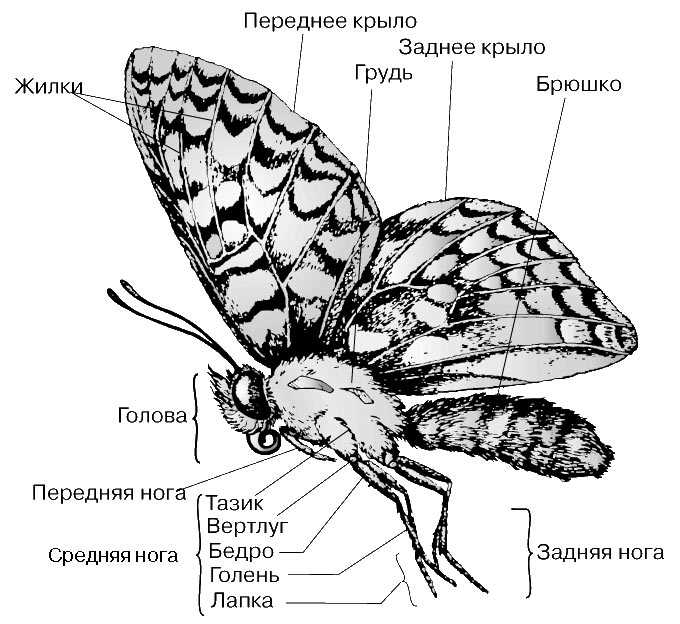
One of the main ways butterflies adapt to their habitat is their coloring. They can be bright and colorful, which helps them attract breeding partners. Some species have camouflage coloring, which allows them to blend into their environment and avoid danger. Butterflies can also imitate other species to scare away predators.
Camouflage and defense mechanisms
Butterflies actively use camouflage and defense mechanisms to survive. They may have wings with patterns that resemble the eyes of predators, which frightens them and distracts them from the butterfly's real head. Additionally, some species have palatable or poisonous substances in their bodies, making them unpleasant to eat and eat. These defense mechanisms help butterflies to avoid danger and maintain their lives.
Antennas and sensitivity
Butterflies have sensitive antennae that help them find food and breeding partners. The antennae contain receptors that can sense various chemicals, such as pheromones from other individuals of the same species. Thanks to these antennas, butterflies can quickly and accurately navigate their environment.
Transformation and metamorphosis
A unique feature of butterflies is their ability to transform and metamorphose. They go through several stages of development, starting as an egg and ending with an adult butterfly. This process allows them to adapt to different environmental conditions, changing their shape and abilities. For example, caterpillars may be capable of eating various types of plants, and adult butterflies may feed on flower nectar or putrefactive fruits.
Butterflies and climate change: how their transformations are affected

Butterflies are among the most vulnerable creatures on the planet, and their transformations are highly dependent on climate change. Changes in temperature, precipitation and seasonal periods can significantly affect their life cycle and ability to survive.
One of the key influencing factors on the transformation of butterflies is temperature. Increasing temperatures can lead to faster development of larvae, as well as a reduction in the time between metamorphoses. This could lead to an increase in the butterfly population, but it could also increase the risk of their extinction due to easier access for predators.
Changes in precipitation also affect the transformations of butterflies. Lack of moisture can lead to a decrease in the fertility of plants, which are food for the larvae. This can lead to a decrease in the butterfly population and their transformation. On the other hand, excess rainfall can create unfavorable conditions for the survival of butterflies, as they may lose access to food or become drowned in water.
Changing seasonal periods can also affect the transformations of butterflies. Butterflies often rely on changes in day length and temperature to determine the timing of transformations. Changing these factors can disrupt their biological rhythm and lead to incorrect timing of metamorphosis, which can reduce their survival.
In general, climate change has a serious impact on the transformation of butterflies. Changes in temperature, precipitation and seasonal periods can change their life cycle, increasing the risk of their extinction and disrupting their biological rhythm. Understanding these relationships will help us better understand and conserve the amazing diversity of butterflies on our planet.

